calsfoundation@cals.org
Pankey (Pulaski County)
Pankey is a small African-American community located in western Pulaski County, approximately thirteen miles from downtown Little Rock (Pulaski County). Now a part of Little Rock, it is one of three communities—and the last remaining intact—that were owned and subdivided by real estate agent and land developer Josephine Irvin (or Irving) Harris Pankey.
Josephine Pankey was born Josephine Irvin (or Irving) in Cleveland, Ohio, in 1869; her father was a former slave. She was sent to Arkansas by the African Methodist Episcopal (AME) Church in 1892 as a missionary to teach children of sharecroppers and tenant farmers in Prairie County. She moved to Little Rock in the early 1900s; married Samuel Pankey in 1904; taught school in the Little Rock School District for more than thirteen years; and became an author, songwriter, and philanthropist before she died in 1954. She was also a noted community developer and real estate agent in an era of Jim Crow laws in the South, as well as a female pioneer—negotiating the buying and selling of property at a time before women had even obtained the right to vote in America.
The first of Pankey’s three communities, Josephine Pankey Addition, was purchased and subdivided into one city block with twelve lots in December 1908 and located in the lower western end of Pulaski Heights (Pulaski County). Josephine Pankey Second Addition was purchased in July 1908 and subdivided in November 1910 into six city blocks/seventy-two lots located off Kanis Road bordering Leander Street in the Rock Creek area of Little Rock. Although both communities remain residential in the twenty-first century, the Josephine Pankey Addition has been re-subdivided into the Ridgecrest Community, and a portion of the Second Addition has been annexed into Boyle Park in Little Rock. Josephine Pankey Third Addition, purchased in 1907, consists of an area of eighty acres that was subdivided into thirty-two blocks/384 lots in 1909. Cantrell Road/Highway 10 (formerly Prospect Road) divides the land into two sections, one north and one south of the highway. (There are no records explaining why she named the parcels in the order she did, with Third Addition purchased and subdivided before Second Addition, though she may have planned the naming by size, smallest to largest.)
The population of the Pankey community slowly grew, with early black settlers such as the Moss, Gregory, Johnson, and Bledsoe families moving in. In 1911, Josephine Pankey donated land for the community’s first church, Pankey Chapel African Methodist Episcopal Church, which was started in a small frame home. During the next thirty years, more land was donated to accommodate three other denominations: First Baptist Church of Pankey (1929) and Grace Temple Church of God in Christ (1940), both still in existence, as well as a Colored Methodist Episcopal Church (1947), which was never built. Mark Chapel Methodist Church (now United Methodist) was organized by the Piggee and Douglas families and named after one of the founders, Mark Piggee.
By 1922, Pankey had purchased eighty additional acres adjoining her Third Addition, naming it “Josephine Pankey Extension to Her Third Addition.” The land was platted into twenty-nine blocks/348 lots. She selected names for the streets such as Crockett, Dunbar, Rightsell, Langston, Gibbs, Ives, Washington, and Connor. However, several of the streets were renamed when the community was annexed by the city of Little Rock in 1979. Connor and Washington streets were renamed Josephine Street and Pankey Avenue, respectively.
Several events occurred in the 1920s that would affect Pankey community, most notably the Flood of 1927, the lynching of John Carter, and the expansion of the railroad through western Pulaski County. The two former events led many black families to relocate in search of higher and safer ground, which they found in Pankey. The latter afforded more economic opportunities allowing the purchase of property. The convergence of these events led, in part, to rapid growth and created the need for a local school.
The community’s first school consisted of a one-room building that housed first through eighth grades. In the 1940s, the Pulaski County Rural School District had Quonset huts from Camp Joseph T. Robinson moved onto the land, allowing additional classrooms for upper grades. A decade later, a new school with administrative offices, a cafeteria, and multiple classrooms was built on the property—Pankey Elementary School. More than 200 black students from Pankey—as well as students who were bused from Maumelle (Pulaski County), Natural Steps (Pulaski County), Roland (Pulaski County), and Monnie Springs (Pulaski County)—attended this school from 1958 to 1965. The school served as a focal point of activity involving the entire community, from an active Parent Teacher Association (PTA) to festivals, teas, and field day activities. Older students were bused to Dunbar Junior High School and Horace Mann High School, located more than fifteen miles away. However, in the fall of 1965, all black students in the eighth grade and above in the area attended the desegregated Joe T. Robinson High School. Pankey Elementary School soon closed.
Pankey is well known for the independent brick masons and stone contractors who trained and employed many men in western Little Rock. Michael Tinsley, 2012 London Olympic silver medalist in the men’s 400-meter hurdles, was born and resided in the Pankey Addition, graduating from Joe T. Robinson High School in 2003 and entering Jackson State University in Jackson, Mississippi.
Pankey, though primarily residential, once boasted a vibrant, locally owned black business environment, including Bob’s Café and Pool Hall; an outdoor movie theater (owned by Robert and Henrietta Douglas); Willie’s Snack Bar, a small grocery store and gas station (owned by Willie Albert Jr. and Selma Ruth Douglas); and White Eagle Café (owned by Ivory Miller), which also served as a juke joint for the young people. None of these businesses exist today.
As of 2013, many of the original lots were vacant and undeveloped. The westward press of commercial development, along with a declining population, left Pankey’s borders at risk. However, a positive note for the life of the community was the opening of the Josephine Pankey Center on November 15, 2016. The community center contains a police substation.
For additional information:
Eichkorn, Paige. “Panel Backs Subdivision behind Historic Neighborhood.” Arkansas Democrat-Gazette, September 15, 2023, pp. 1B, 5B. Online at https://www.arkansasonline.com/news/2023/sep/15/panel-backs-subdivision-behind-historic/ (accessed September 15, 2023).
Lott, Nancy Robinson, and Regina L. Norwood. Josephine—Celebrating the Life and Legacy. Little Rock: Friends of Josephine Pankey, 2012.
“Pulaski Profiles: Josephine and Samuel H. Pankey.” Pulaski County Historical Review 38 (Fall 1990): 58–59.
Nancy Robinson Lott and Regina L. Norwood
Little Rock, Arkansas
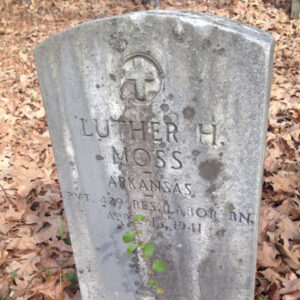 Moss Grave
Moss Grave 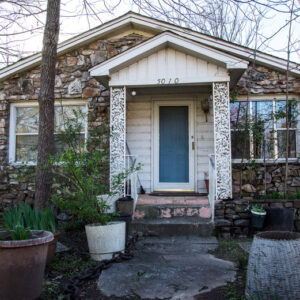 Pankey House
Pankey House 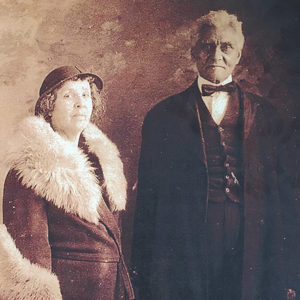 Josephine and Samuel Pankey
Josephine and Samuel Pankey 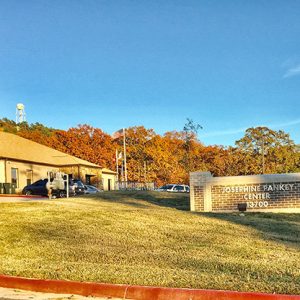 Josephine Pankey Center
Josephine Pankey Center 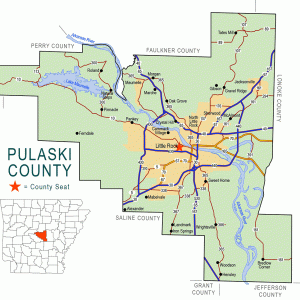 Pulaski County Map
Pulaski County Map 




Comments
No comments on this entry yet.